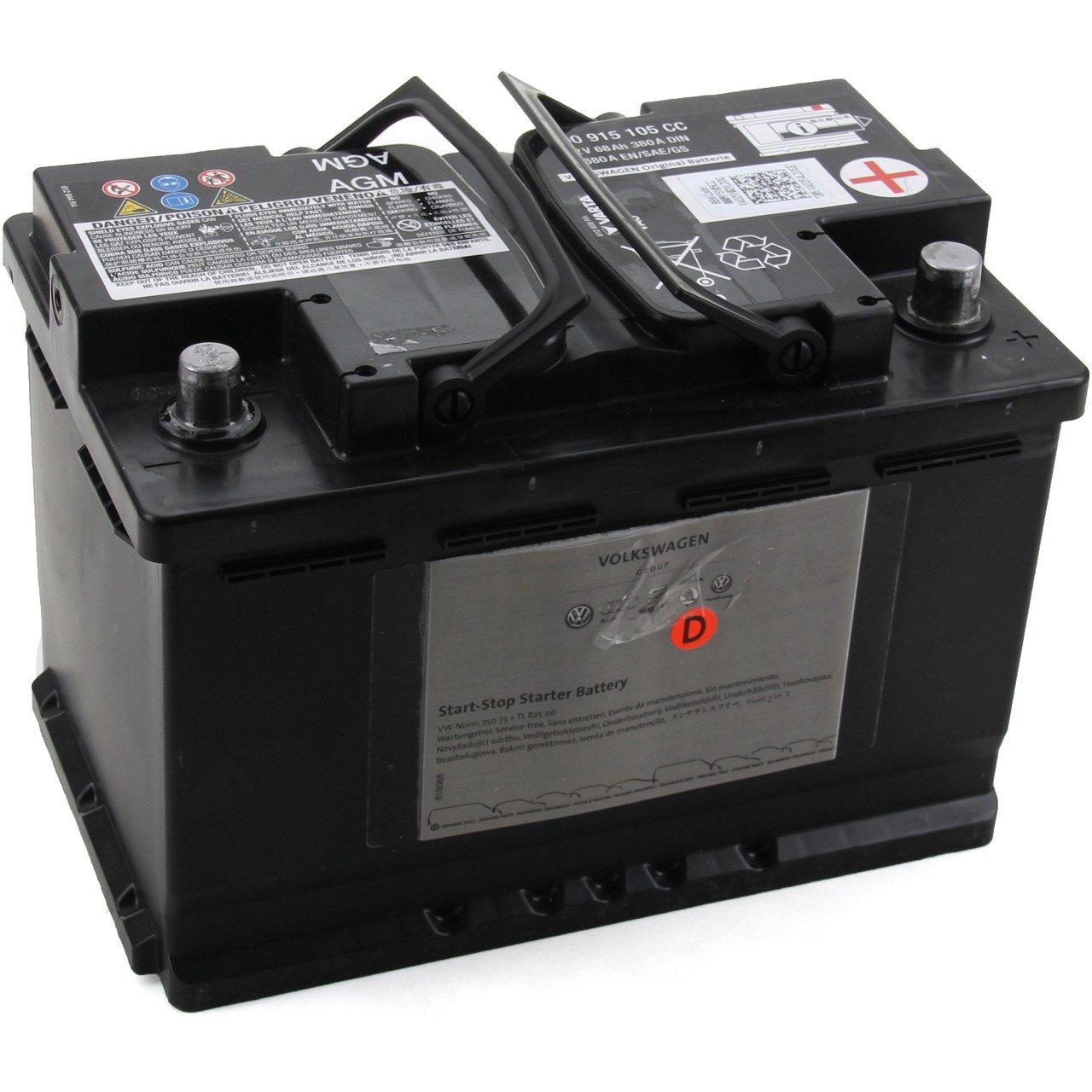Chemistry and Components
At its core, the lead acid battery uses a reversible chemical reaction between lead electrodes and sulfuric acid electrolyte to generate electricity. The negative electrode is composed of solid lead foil or grid, while the positive electrode uses lead dioxide. Separating them is an absorbing glass mat that prevents shorts while allowing ion flow.
During discharge, the lead and lead dioxide plates release electrons which flow through an external circuit to power devices. Simultaneously, sulfate ions form in the electrolyte. Charging simply reverses the reaction by pushing electrons back into the plates, restoring the lead and lead dioxide.
Applications and Uses
Starting Batteries: Almost all gasoline-powered vehicles use Lead Acid Battery to turn over their starter motors during ignition. Cars need high current capability for brief periods, making lead acid ideal.
Deep Cycle Batteries: Recreational vehicles, boats and solar/wind backup power rely on deep cycle lead acid batteries for their ability to slowly discharge over long durations.
Stationary Batteries: Uninterruptible power supplies, switchgear, telecom sites, backup installations and off-grid homes extensively use stationary lead acid batteries for continuous energy storage.
Motive Power: Industrial forklifts, floor cleaning machines, golf carts and electric wheelchairs run off durable lead acid batteries.
Benefits and Drawbacks of Lead Acid Batteries
Cost-Effective: With low material and manufacturing costs, lead acid batteries provide an affordable energy option. Prices have remained fairly stable over decades.
Proven Technology: As the longest-used battery chemistry, all aspects are thoroughly understood. Mature recycling infrastructure also exists.
High Current Delivery: Lead acid excels at delivering high currents needed for engine starting or heavy lifting purposes. It simply works when required.
Long Lifespan: Properly maintained lead acid batteries can deliver years of reliable service in both stationary and motive applications.
Drawbacks are low energy density (bulky size), sensitivity to over-discharge, and environmental concerns over lead content and acid disposal. However, modern sealed designs address many of these issues.
Explore more information on this topic, Please visit-
https://www.pressreleasebulletin.com/lead-acid-battery-market-size-and-share-analysis-growth-trends-and-forecasts/
